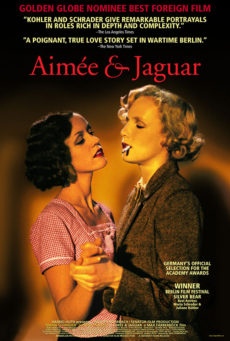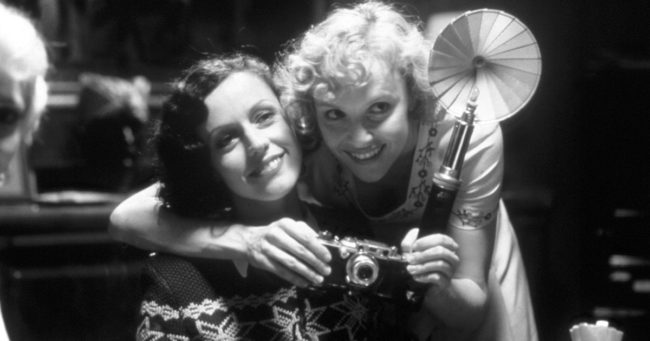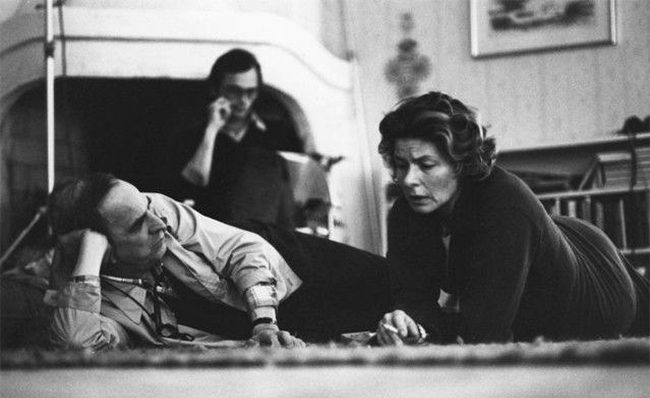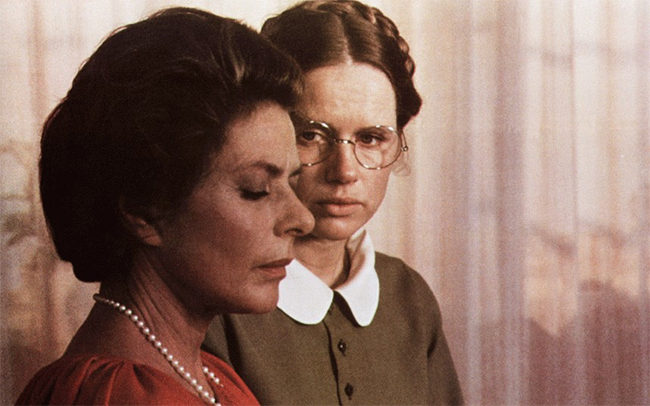QUEERCORE: HOW TO PUNK A REVOLUTION director Yony Leyser will participate in Q&A’s after the Friday and Saturday evening screenings 9/28 and 9/29 at Fine Arts.
Acclaimed HALE COUNTY THIS MORNING, THIS EVENING Filmmaker Q&A’s Opening Weekend at Santa Monica and Pasadena
HALE COUNTY THIS MORNING, THIS EVENING filmmaker RaMell Ross will participate in Q&A’s after the 7:40pm shows on Friday and Saturday at the Monica Film Center and after the 4:40pm screening on Saturday at the Playhouse.
BEL CANTO Filmmaker Paul Weitz in Person for Q&A at the Playhouse.
BEL CANTO filmmaker Paul Weitz will participate in a Q&A after the 4:40 PM show at the Playhouse on Saturday, September 22.
PICK OF THE LITTER Q&A’s with the Filmmaker and Poppy the Guide Puppy.
The Royal Theater will host PICK OF THE LITTER Q&A’s after the Friday, August 31, 5:30PM and 7:40PM screenings and after the Saturday, September 1, 3:20PM, 5:30PM and 7:40PM screenings. Director Don Hardy and Poppet the Guide Puppy in attendance!
AIMEE & JAGUAR in 35mm with Star Maria Schrader in Person on July 9th in Beverly Hills
In 1943, while the Allies are bombing Berlin and the Gestapo is purging the capital of Jews, a dangerous love affair blossoms between two women. One of them, Lilly Wust (NOWHERE IN AFRICA’s Juliane Köhler), married and the mother of four sons, enjoys the privileges of her stature as an exemplar of Nazi motherhood. For her, this affair will be the most decisive experience of her life. For the other woman, Felice Schragenheim (Maria Schrader), a Jewess and member of the underground, their love fuels her with the hope that she will survive.
A half-century later, Lilly Wust told her incredible story to writer Erica Fischer, and the book, AIMÉE & JAGUAR, first published in 1994 immediately became a bestseller and has since been translated into eleven languages. Max Färberböck’s debut film, based on Fischer’s book, is the true story of this extraordinary relationship. The film was nominated for a 1999 Golden Globe Award and was Germany’s submission for the Best Foreign Language Film Oscar. Both actresses received Silver Bears at the 1999 Berlin International Film Festival for their portrayals of “Aimée” and “Jaguar.”
Join us for a special Q&A with AIMEE & JAGUAR star Maria Schrader following the 7:30pm screening on Monday, July 9th at the Ahrya Fine Arts in Beverly Hills. Presented in 35mm. Click here for tickets.
 About Maria Schrader:
About Maria Schrader:
Two-time winner of the German Film award and two-time winner of the Bavarian Film award, Maria Schrader worked with directors such as Margarethe von Trotta, Doris Dörrie (“Nobody Loves Me”), Hans W. Geissendörfer, Peter Greenaway, Rajko Grilic and Agnieszka Holland (“In Darkness”). In 1999, at the Berlinale, she received the Silver Bear for Best Actress in “Aimée & Jaguar” directed by Max Färberböck. Recently, she thrilled television audiences in the Emmy award-winning and internationally renowned series “Deutschland 83″ (2015). “Deutschland 86” will premiere in October, 2018.
Ms. Schrader co-directed “The Giraffe” with Dani Levy (1998). Her directorial debut “Love Life” was shot in Israel in 2007 and was based on Zeruya Shalev’s novel by the same title. The film premiered at the Festa del Cinema in Rome in 2007. “Stefan Zweig: Farewell to Europe” is her second feature as a director; she was nominated for Best Director at the 2017 German Film Awards, and the film won the People’s Choice Award at the 2017 European Film Awards.
Simon Baker in Person with BREATH Friday at the Monicas.
BREATH actor-writer-director Simon Baker will participate in a Q&A at the Monica Film Center following the 7 o’clock screening on Friday, June 8.
Winning Soccer Film EN EL SEPTIMO DIA Q&A’s with the Filmmaker.
EN EL SEPTIMO DIA filmmaker Jim McKay will participate in Q&A’s at the Music Hall following the 7:30 PM screenings on Friday and Saturday, June 15 and 16, and after the 2:30 show Sunday, June 17.
Ingmar Bergman’s AUTUMN SONATA on Tuesday, May 15 in Encino, Pasadena, and West LA
Laemmle Theatres and the Anniversary Classics Abroad series presents the 40th anniversary of AUTUMN SONATA (1978), as part of the centennial retrospective of the birth of Ingmar Bergman, the great Swedish auteur who has entered the cinematic pantheon. Autumn Sonata represents the last theatrical film for Bergman, whose subsequent work was made for television, and then re-tailored for theatrical release.
For the occasion, Bergman enticed his namesake, legendary actress Ingrid Bergman, to return to her native language and star as a self-centered concert pianist who had favored her career over her children. In the drama of “fraught interpersonal relationships,” (a trademark of the director, as recently noted by Kenneth Turan), Ingrid Bergman’s character of Charlotte is invited by her daughter, Eva (Liv Ullmann) to visit her and her parson husband in their country home. When Eva also brings her handicapped sister, Helena (Lena Nyman) into the reunion, the past erupts on the present with repressed familial furor.
Bergman’s memorable movies of the 1950s and 1960s had been photographed in luminous black and white. In the 1970s he was working in color, and, as noted by Leonard Maltin, the cinematography by long-time Bergman collaborator Sven Nykvist is “peerless,” giving the film visual warmth and intensity.
As to the only collaboration of the two Bergmans, Gary Arnold of the Washington Post said, “Bergman’s casting coup lives up to expectations. Ingrid Bergman and Liv Ullmann invest their roles with undeniable emotional impact.” It was also Ingrid Bergman’s last film role. The three-time Academy Award winner (Gaslight, Anastasia, Murder on the Orient Express) delivers a searing performance that brought her a best actress nomination in 1978, her seventh and final nod overall. Ingmar Bergman’s original screenplay was also nominated, one of his nine career total as writer, producer, and director. Additionally, the movie was named best foreign film by the Hollywood Foreign Press that year.
Autumn Sonata is a story of intense mother-daughter relations, and as part of the Anniversary Abroad series will play two days after Mother’s Day on Tuesday, May 15 at 7:00 PM at three Laemmle locations: Royal, West Los Angeles; Town Center, Encino; Playhouse 7, Pasadena. Format: DCP. Click here for tickets.
Part of the city-wide, two month retrospective, “Ingmar Berman’s Cinema,” at various locations.
For the Anniversary Classics Abroad next attraction, we present another master filmmaker enjoying a retrospective, Milos Forman, with a 50th anniversary screening June 20 of his 1968 Academy Award nominee, The Fireman’s Ball.
- « Previous Page
- 1
- …
- 35
- 36
- 37
- 38
- 39
- …
- 58
- Next Page »



